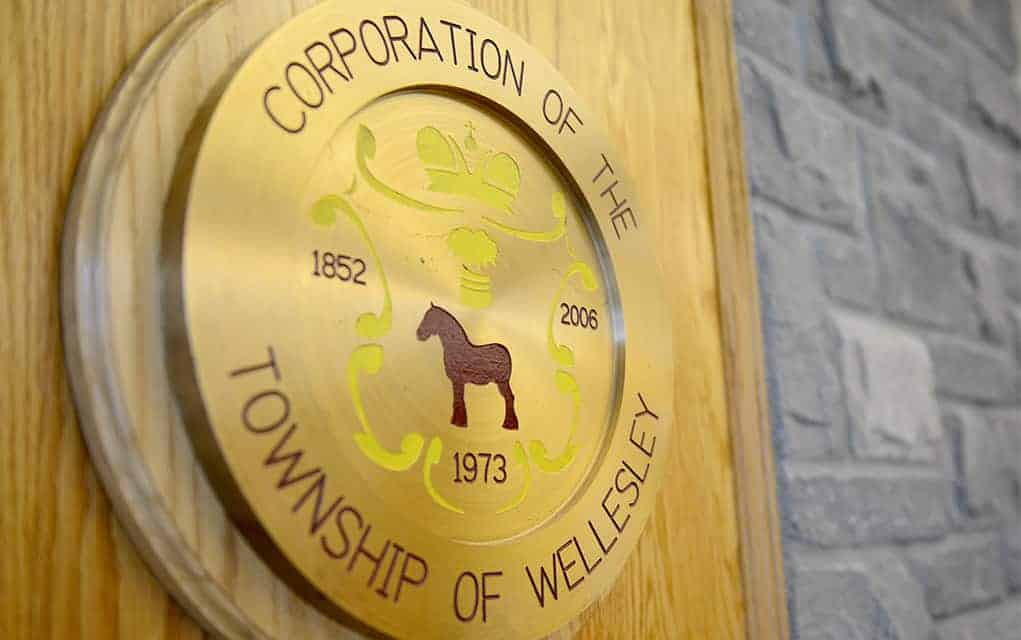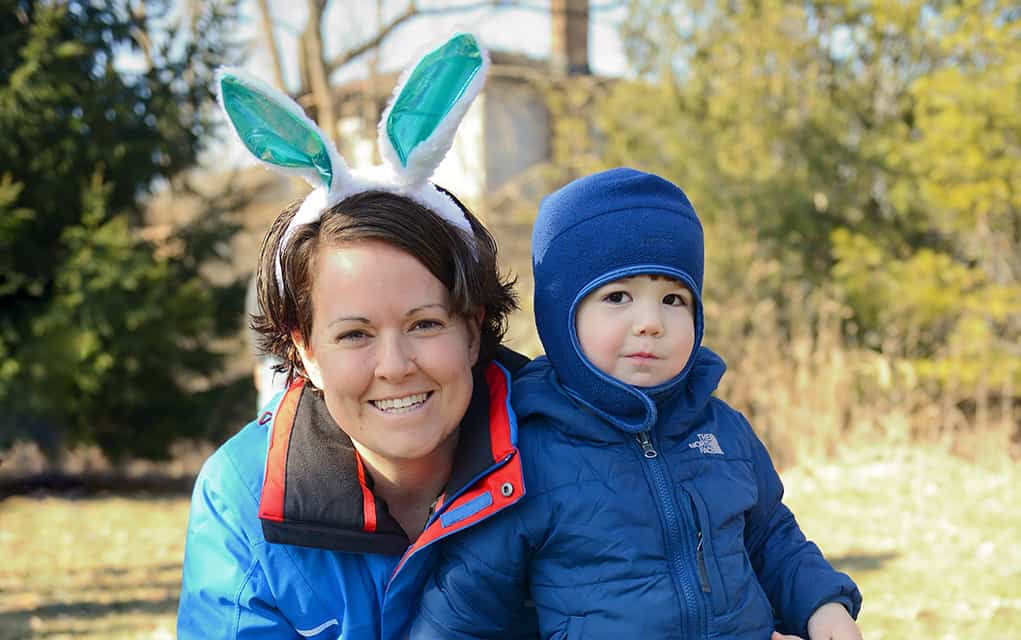Ten areas in Wellesley and Woolwich townships have heritage characteristics worthy of further study, with an eye on cultural heritage landscape designation, similar to the one approved for the vicinity of the historic West Montrose covered bridge.
The sites were identified in a recent study by the Heritage Resource Centre at the University of Waterloo, the result of a public consultation process launched last summer. The same UW organization was involved in the West Montrose process.
The study names 10 areas – identified as The Kissing Bridge Trail, Southwest Wellesley, Village of Wellesley, St. Jacobs, Southeast Wellesley, Snyder’s Flats, Maryhill, Floradale, Grand Valley North and Hawkesville – for potential designation as cultural heritage landscapes (CHL).
A CHL is a defined geographical area that may have been modified by human activity and is identified as having cultural heritage value or interest by a community, including but not limited to villages, parks, battlefields, main streets and trails, for example.
Carried out through the Heritage Resource Centre, the study was coordinated with North Waterloo Branch of the Architectural Conservancy of Ontario, the not-for-profit organization Mitacs, the townships of Woolwich and Wellesley and the Region of Waterloo. UW School of Planning Prof. Michael Drescher and Master of Environmental Studies in Planning student Christopher DeGeer set out to take inventory of landscapes deemed significant by residents of the townships.
None of the areas identified in the study is under official consideration by township officials. The hope is, however, that the candidate list will generate more discussion and perhaps be part of future planning decisions, says one of the report’s authors.
“One of the things that I would like to see happen is for the document to be considered somewhat like a lens which can be used to provide an extra layer of consideration when reviewing development applications,” explained DeGeer. “Especially large development applications for things like golf courses, planning subdivisions, aggregate pits or telecommunication towers.”
Some 120 people from both townships provided input into areas and landmarks they wanted to see deemed as CHLs, including historians, visual artists, the Six Nations of the Grand River, religious leaders, long-time residents and others interested in the study.
Using four methods of public participation to identify, evaluate and map locations, the authors came up with the 10 candidates.
“It went really well – I think that the participants were satisfied as well from the report,” said DeGeer. “We successfully, to a greater or lesser extent, were able to incorporate people’s values into a quality planning document, which I think is an important step in working towards collaborative planning.”
DeGeer said he sees the potential in each of the candidate sites, noting he doesn’t play favourites.
“I am fond of them all, to be totally honest. It’s hard to pick out one – it’s really tough to say, they all have their merits,” he said, noting the beautiful landscapes in Hawkesville and the Southwest Wellesley candidates. “It is such a unique place. Before I returned to academics, I worked a lot in Northern BC, all over Alberta. I have travelled Canada extensively and I have never really spent time in a place like Woolwich and Wellesley with this rich Mennonite and Amish culture and that way of life. I really believe it is a very unique place in a national context.”
“This is something special that is in the Region of Waterloo and I really hope that we can provide the appropriate policies to allow that uniqueness to continue to flourish,” he said.
At this juncture, the study’s authors are recommending that further research and analysis be conducted prior to any formal attempts to designating CHLs in the townships.









